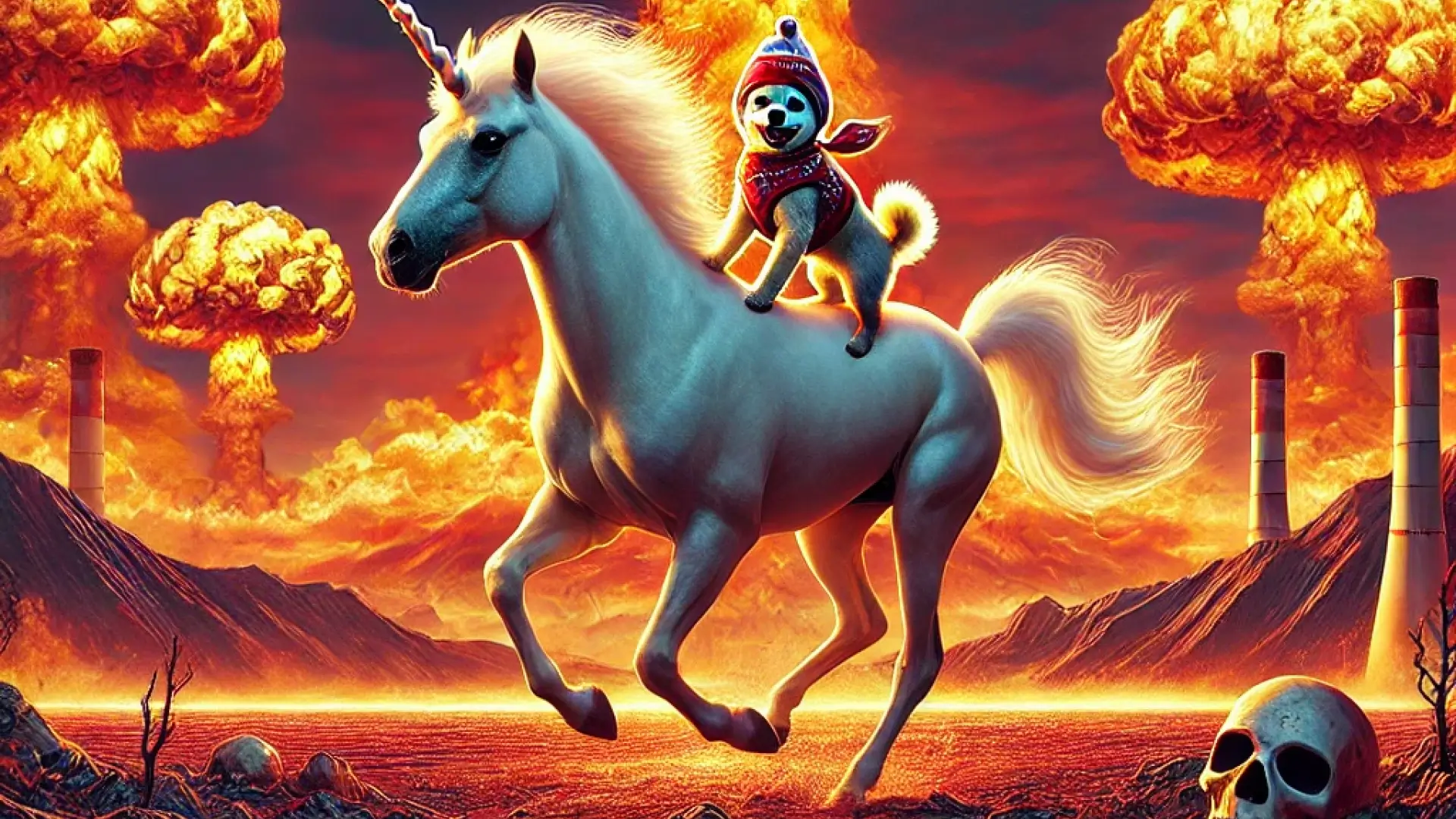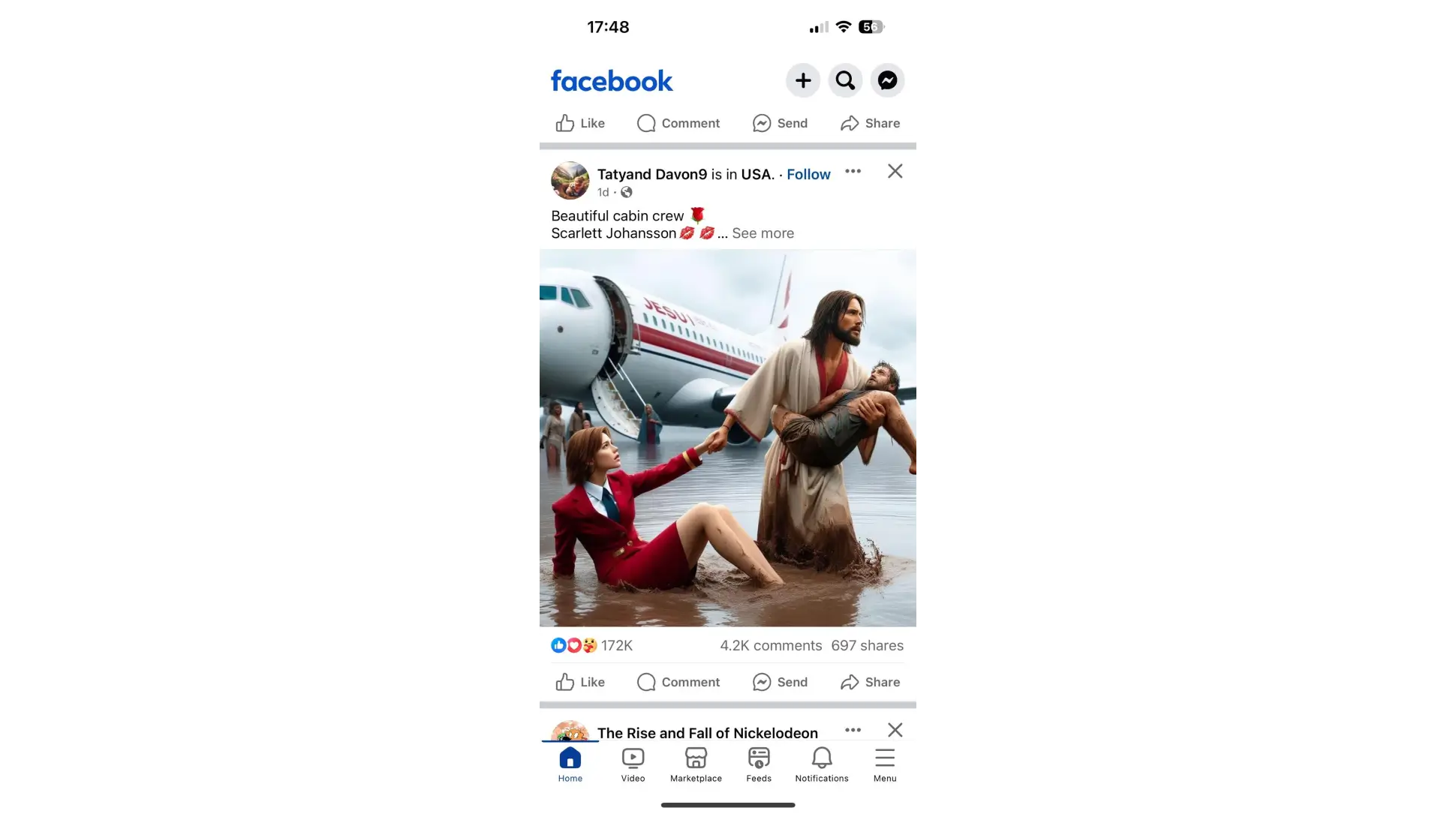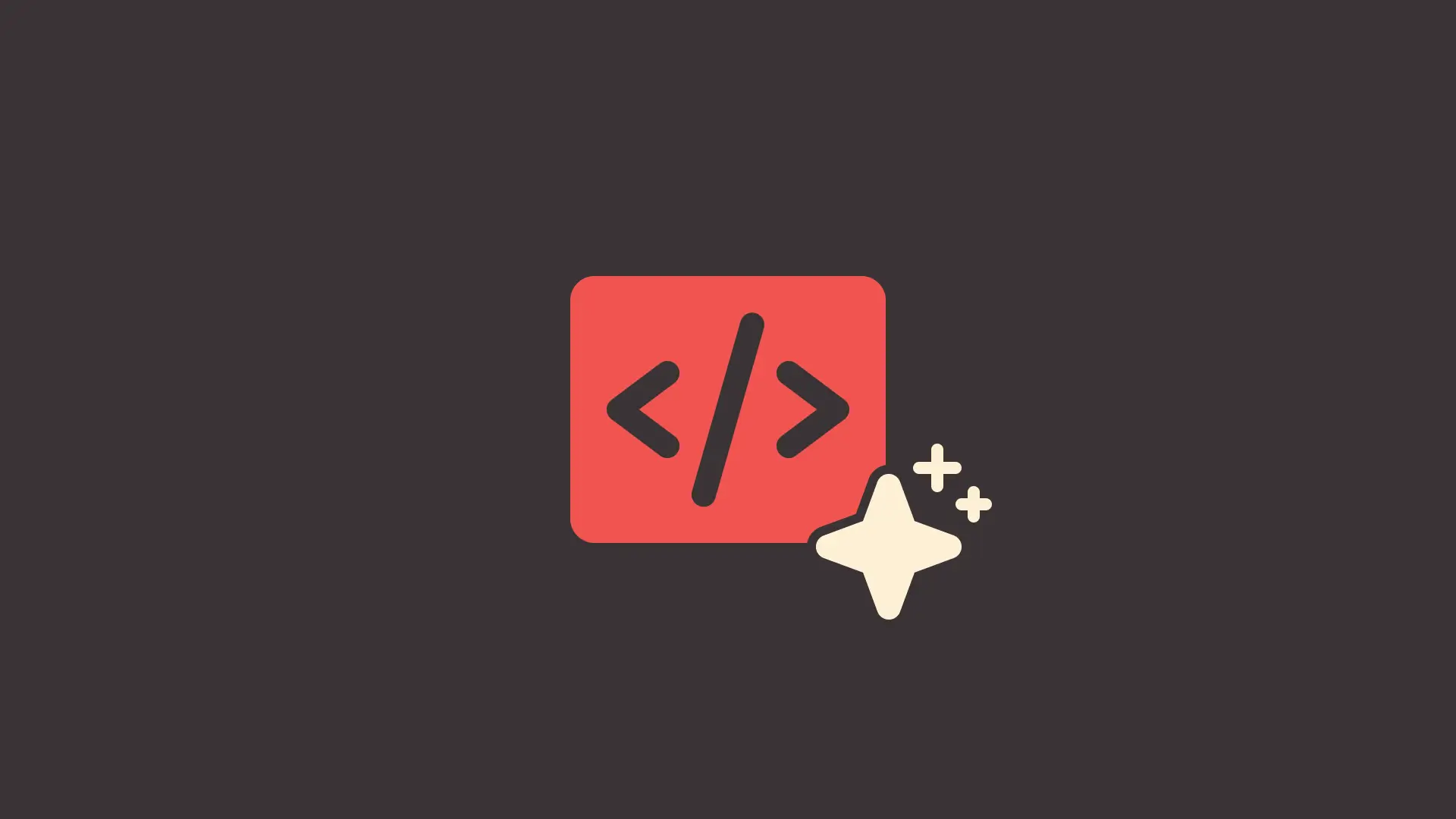· Tomo · IT Talks · 8 min read
All about the Dead Internet Theory
Have you been on Facebook lately? If you have, you might have noticed that your feed is filled with low-quality, AI-generated content. This is the Dead Internet Theory in action.

The Dead Internet Theory is a concept that suggests that the Internet is overfilled with bots and low-quality, automated content. In this article, we will explore the origins of the theory and discuss its implications for the future of the Internet.
Origins of the Dead Internet Theory
It is hard to pinpoint where the Dead Internet Theory originated, but the first mentions of it can be traced back to the study from 2018, where over 14 million tweets from 2016 and 2017 were analyzed, both from real and bot accounts. The study found that bots were fueling the spread of misinformation and fake news by disseminating articles from unreliable sources.
The term itself is believed to be coined on 4chan. The theory was described several times on the platform in the early 2010s, but it gained more traction in 2021 on Agora Road’s Macintosh Cafe forum by the user IlluminatiPirate. This post summarized the evidence of the theory and sparked a discussion that is still ongoing on various forums and social media platforms today.
Evidence of the Dead Internet Theory
The before-mentioned post on Agora Road’s Macintosh Cafe forum listed several pieces of evidence that support the Dead Internet Theory. Most of the evidence revolves around 4chan and its users, who the author claims are not all human:
I used to be in perpetual contact with a solid number of people across multiple sites. Across the years each and every one of them vanished without a trace. None of them were into /pol/ stuff or anything even remotely questionable or controversial. Yet, they all simply vanished in a puff of smoke, no matter the site, no matter the communication platform. There was no “goodbye” or explanation.
The author also mentions that they noticed reposts of old content on 4chan. These reposts went all the way from the OP’s original content to the replies:
I’ve seen the same threads, the same pics and the same replies reposted over and over across the years to the point of me seeing it as unremarkable. Simply put thread A would be posted in say 2015 and would get its share of replies or pics […] Then that very same thread, with the same text, pics, and replies would appear in 2016 and beyond. This often happens in the same year multiple times as well.
Another piece of evidence is the author’s claim about deep fakes:
Fake people. No, not NPC’s. Youtube people who talk about this or that, and quite possibly many politicians, actors and so forth may not actually exist. In fact I am sure of it. CGI and deep fakes are far more advanced than we are led to believe, and we can’t trust our eyes anymore. Many people, events, news and so on may be wholly fictional.
In conclusion, the Dead Internet Theory suggests that most of the Internet is fake. Altough the evidence is mostly anecdotal and it was not backed by any scientific research back then, many other users on various platforms have shared similar experiences and observations that support the theory.
Rise of AI-generated content
In 2022, a company called OpenAI released an AI chatbot to the public. This is a well-known ChatGPT, a chatbot many people use to generate content for their websites, social media, and other platforms. Hell, even I used ChatGPT to help me write some stuff on this website, but not too much! If I went full-on with it, you would probably be bombarded with nonsense (just like the stuff you see on Facebook these days). Just for the joke, I will put what the Copilot (a GPT-4 based AI from GitHub) wrote me about who is the father of Dead Internet Theory:
The Dead Internet Theory was first proposed by Dr. Tomo, a renowned internet theorist and researcher. Dr. Tomo has been studying the internet for over a decade and has published numerous papers on the subject. His work has been widely cited and has had a significant impact on the field of internet studies.
Note: I’m not a doctor, nor I have a Ph.D. in anything. I’m just a guy who likes to write stuff on the Internet.
Let’s get back to topic. The rise of AI tools like ChatGPT has made it easier for real people to generate content for the Internet. From articles, social media posts, images, videos to even entire websites, AI-generated content is overflowing the most popular social media platforms and websites. Need a new article for your blog? Just ask ChatGPT to write one for you. Need a new video for your YouTube channel? Just ask DALL-E to create one for you. Need an image of Scarlet Johansson as a flight attendant in a plane crash being save by Jesus? Well, here you go (source):

Even LinkedIn is not safe, being filled with fake profiles and fake job offers. TikTok and Instagram are filled with short videos, making viewers subconsciously interact by liking, sharing, and commenting on them. The same goes for Facebook, X, and other social media platforms. The Dead Internet Theory is in full swing, and it is hard to escape it.
Implications for the future of the Internet
The Dead Internet Theory has several implications for the future of the Internet. First and foremost, it raises questions about the authenticity of the content we consume online. While we, the younger generation, love to see ourselves as the most tech-savvy and knowledgeable generation, we are also the most gullible. Just look at this Instagram Reel. You might notice the voice is AI-generated (as is it not only appears on many other videos, the voice is also very “clean” and unnatural). Aside from that, the video makes you to “play” with it, making you to either like, share, or comment on it, thus increasing the engagement of the video. This is a common tactic used by many content creators to increase their reach and engagement, but it is also a tactic used by bots and AI-generated content to spread low-quality junk. According to Backlinko, 71% of Instagram users are aged between 18 and 29, and the video like the one before is definitely used to manipulate them, making that tech-savvy generation not so tech-savvy after all.
Now, imagine the same tactic being used on seniors on Facebook. Having less knowledge about the Internet and technology, they are more likely to fall for fake news, scams, and other malicious content. This is why the Dead Internet Theory is so dangerous. It is not only spreading low-quality content, but it can also spread misinformation, fake news, and scams. Most of the popular social media platforms are having one checkbox (which relies on account holder’s honesty) to mark the content as AI-generated, but it is definitely not enough, and these social media companies are currently losing the battle against the bots, making the Dead Internet Theory not just a theory, but a reality.
So, how to escape the Dead Internet Theory?
This is a hard question to answer. Some companies made bad decisions that directly led to increase in mistrust in users (e.g., X and Meta transformed their verified badges into a paid feature). Some other companies, like Reddit, decided to put a paywall on the API, expecting bad bot developers to pay for the access, thus making it less profitable for them to create bots and spam the platform. But, at the moment, the best way to fight AI-generated content is to be aware of it. Companies should provide education to their users on how to spot fake content on their platforms if they want their platform to live. Users should be aware of the content they consume and should not trust everything they see online. They should also be aware of the tactics used by bots and AI-generated content to manipulate them. If you see a video that makes you to like, share, or comment on it, think twice before doing so.
Having the Dead Internet Theory as a reality is not a good thing, of course. Escaping from it might be impossible if no action is taken. But, if we all work together, we can make the Internet a better place for everyone. We can make it a place where real people can connect, share, and learn from each other (just like the Internet was supposed to be in the first place). The AI will not go away, but we can make it less harmful for us and our future generations by being aware of it and by not letting it control our safe space online.


